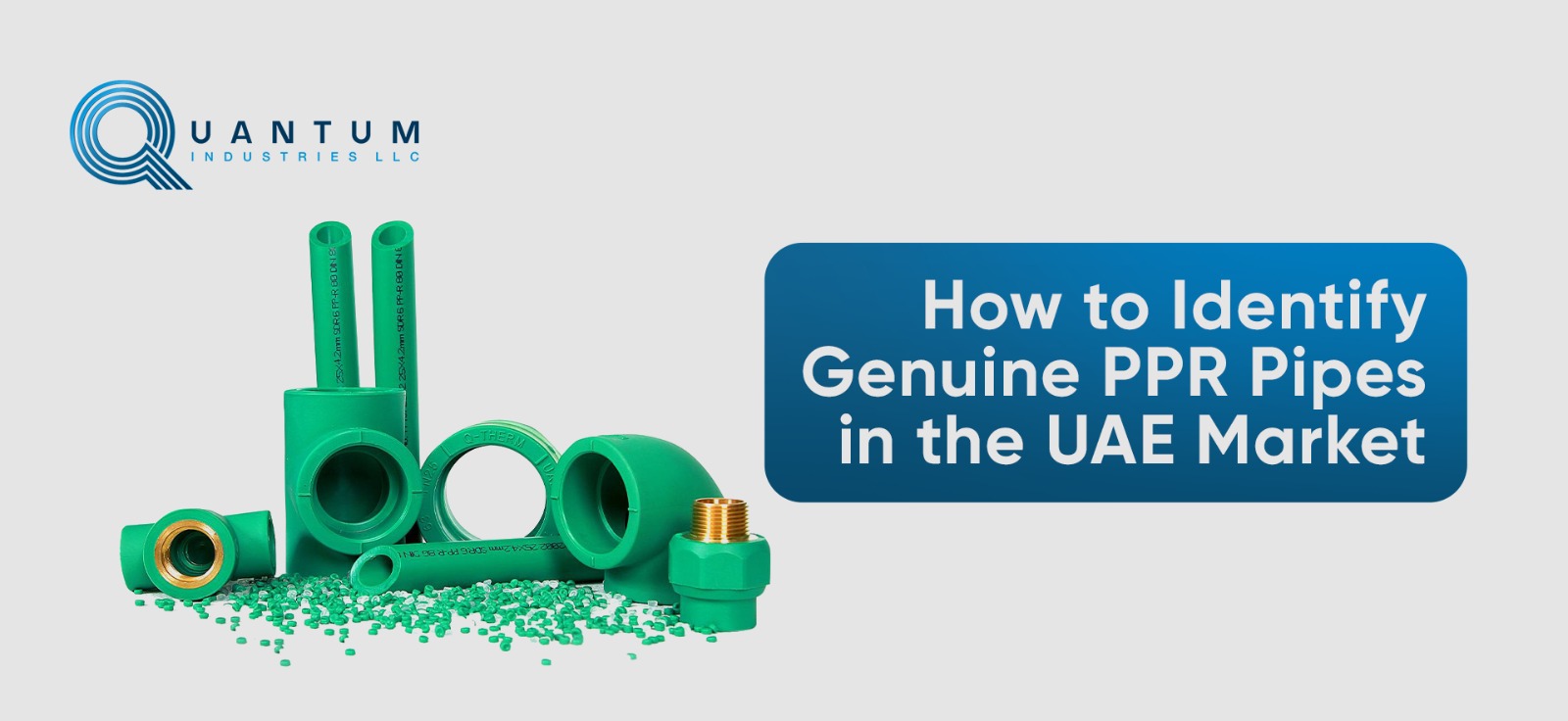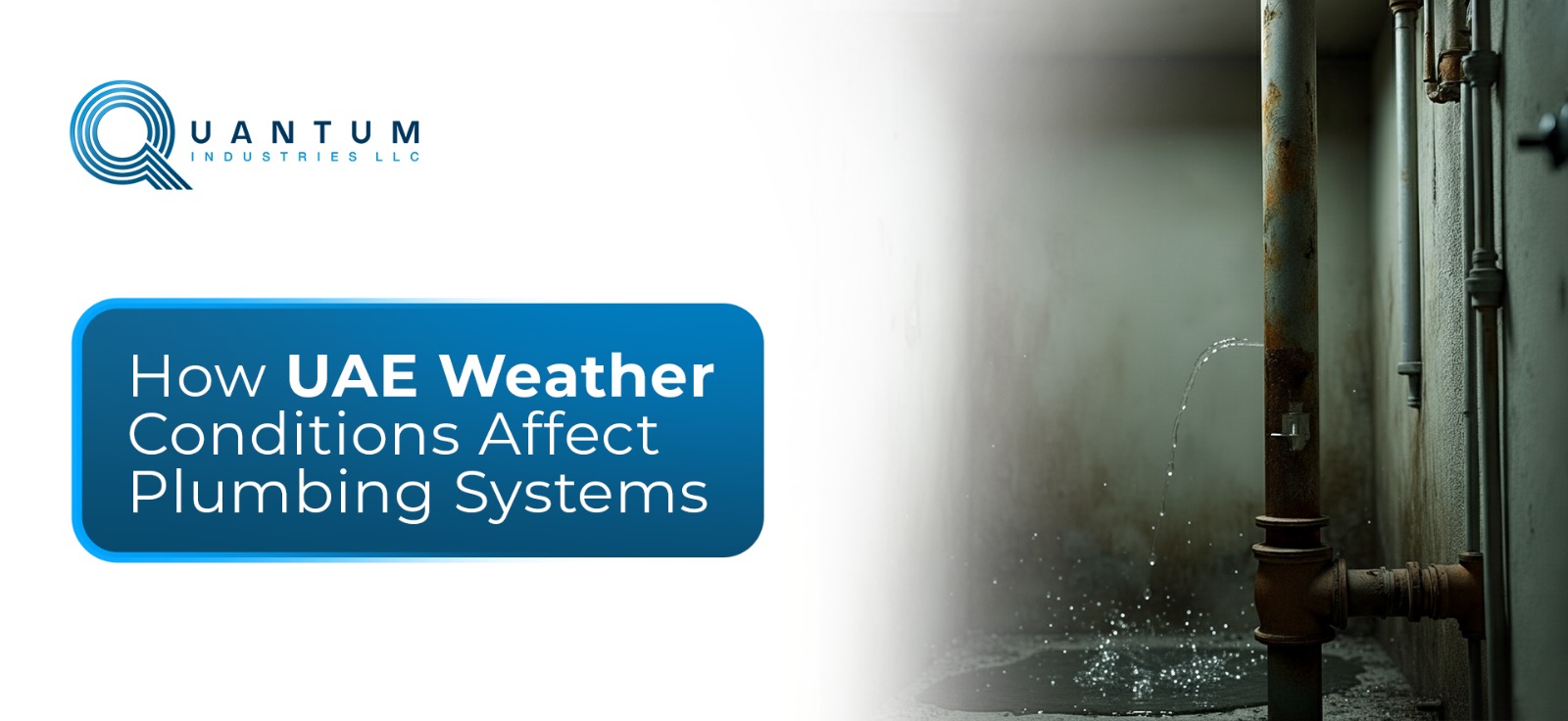



When it comes to plumbing, most of us don’t spend much time thinking about the pipes running behind our walls until something goes wrong. However, advancements in plumbing technology have introduced materials that enhance efficiency and longevity. One such innovation is PEX piping. If you have never heard of them or are wondering whether they are worth the hype, especially with options like PEX Pipes & Fittings in UAE gaining popularity, you are in the right place.
The blog 'All You Need to Know About Pex Pipes' looks deep into everything you need to know about PEX piping - its types, benefits, and drawbacks. By the end, you will have a solid grasp of why this flexible, durable material is making waves in the plumbing world.
PEX stands for cross-linked polyethylene, a highly durable and flexible plastic tubing that has transformed contemporary plumbing systems. Unlike traditional metal pipes such as copper or steel, PEX offers superior adaptability, corrosion resistance, and ease of installation. The cross-linking process involves heating polyethylene and applying chemical or physical treatments to enhance its structural integrity, making it resistant to heat and pressure.
PEX pipes are categorized into three primary types - PEX-A, PEX-B, and PEX-C - each manufactured using different cross-linking methods. While all types share common benefits, their performance characteristics vary, making it essential to choose the right one for specific applications.
Made using the Engel method (a chemical cross-linking process), PEX-A is one of the types used in this sector. It can stretch and return to its original shape, making it an option for tight spaces or cold climates where pipes might expand with freezing water. And, it’s the priciest option, and you’ll need special tools for installation.
Produced through the silane method, PEX-B offers the best combination of strength, durability, and cost-efficiency. While slightly more rigid than PEX-A, it’s highly adaptable and easy to work with. PEX-B is also recognized for its excellent chlorine resistance, making it ideal for potable water systems.
We provide high-quality PEX-B piping, which is trusted for a wide range of residential and commercial plumbing applications. Its performance, reliability, and value make it the most widely used PEX type in the industry.
Manufactured through an irradiation process, PEX-C undergoes electron beam cross-linking. While it is less flexible than PEX-A and PEX-B, it is a viable option for simple plumbing projects. Also, PEX-C’s reduced flexibility makes it more prone to kinking during installation. So, it is less used in the industry.
Yes, each type comes in color-coded varieties (red for hot water, blue for cold, white for either), so you can keep your system organized. Choosing the right type depends on budget, project scope, and compliance with local building codes.
PEX pipes have earned their stripes for a reason. Here is why plumbers and homeowners choose the best PEX pipes for plumbing:
PEX pipes can bend around obstacles without requiring multiple fittings, reducing potential leak points. Their lightweight nature and compatibility with crimp, clamp, or push-fit connections streamline the installation process, making them highly efficient for professional plumbers.
Unlike copper pipes, PEX does not corrode or develop scale buildup, promising a longer lifespan. It is also resistant to the effects of acidic or alkaline water, which helps maintain water purity and system longevity.
PEX is generally cheaper than copper, both in material costs and labor. Their ease of installation minimizes labor hours, which helps to lower overall expenses for plumbing projects.
While no pipe is entirely freeze-proof, PEX pipes can expand slightly when water freezes, reducing the risk of bursting. This characteristic makes them particularly beneficial in colder climates.
PEX pipes have better thermal insulation properties than metal pipes, reducing heat loss in hot water distribution. This helps to improve energy efficiency and cost savings on heating bills.
No plumbing material is perfect, and PEX has its downsides. Before you decide, weigh these drawbacks carefully.
PEX pipes are not designed for prolonged exposure to sunlight. UV radiation can degrade the material over time, making it brittle. Therefore, PEX should only be used indoors or underground to ensure longevity.
While PEX is certified safe for potable water, some studies suggest that it may leach small amounts of chemicals, particularly in newly installed systems. It is advisable to check local regulations and water quality standards before use in sensitive applications.
In some cases, rodents have been known to chew through PEX pipes, leading to potential leaks. Proper insulation and protective measures can mitigate this issue.
While PEX is widely accepted, some local building codes still mandate metal piping for specific applications. It is crucial to verify regulations before selecting PEX for a plumbing project.
To conclude, Pex Pipes and Plumbing Fittings Supplier in UAE offers a durable, flexible, and cost-effective solution for plumbing needs, excelling in corrosion resistance and ease of installation. While its UV sensitivity and potential chemical leaching demand careful use, PEX’s lifespan of 40 to 50 years under proper conditions underscores its reliability. It stands as a practical choice for residential and commercial applications, provided local codes are followed. For those seeking a high-performing, long-lasting plumbing material, PEX merits consideration as a proven innovation that balances efficiency and value.


